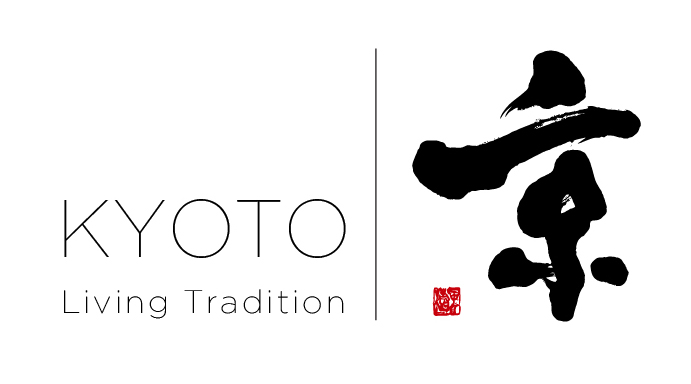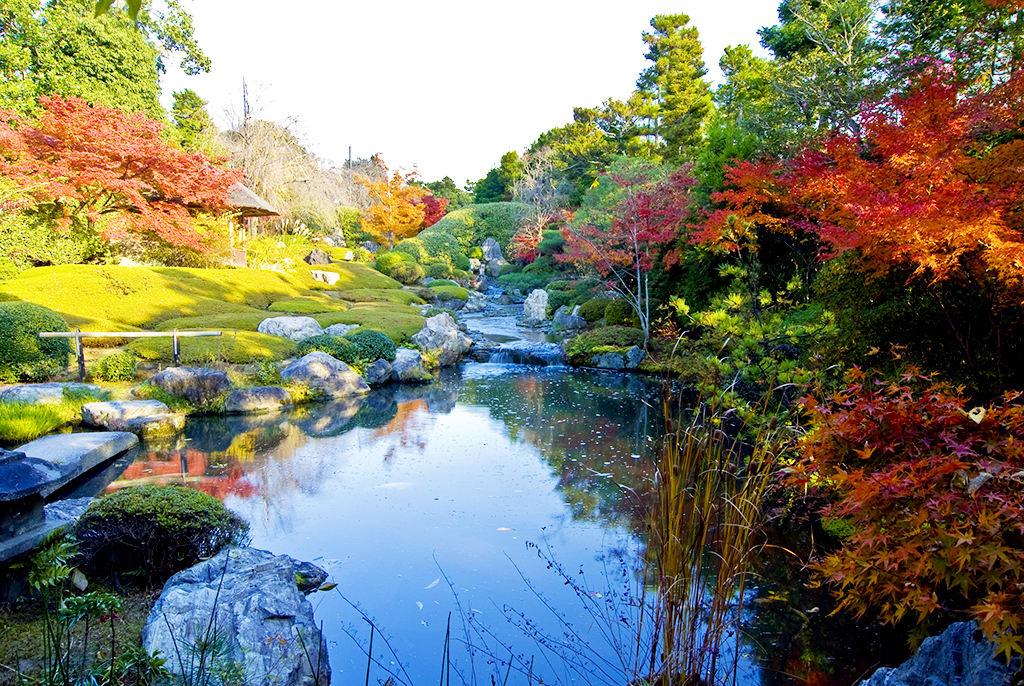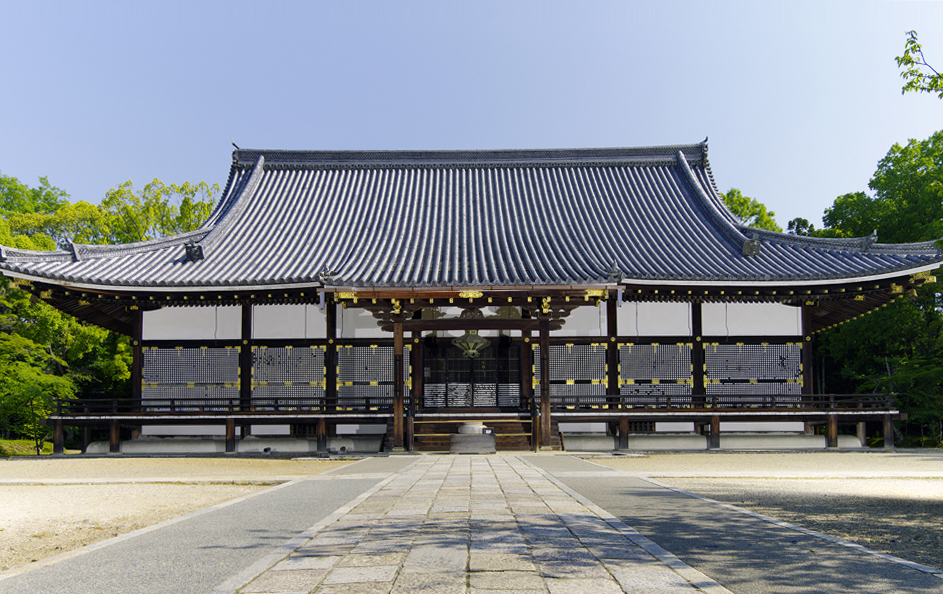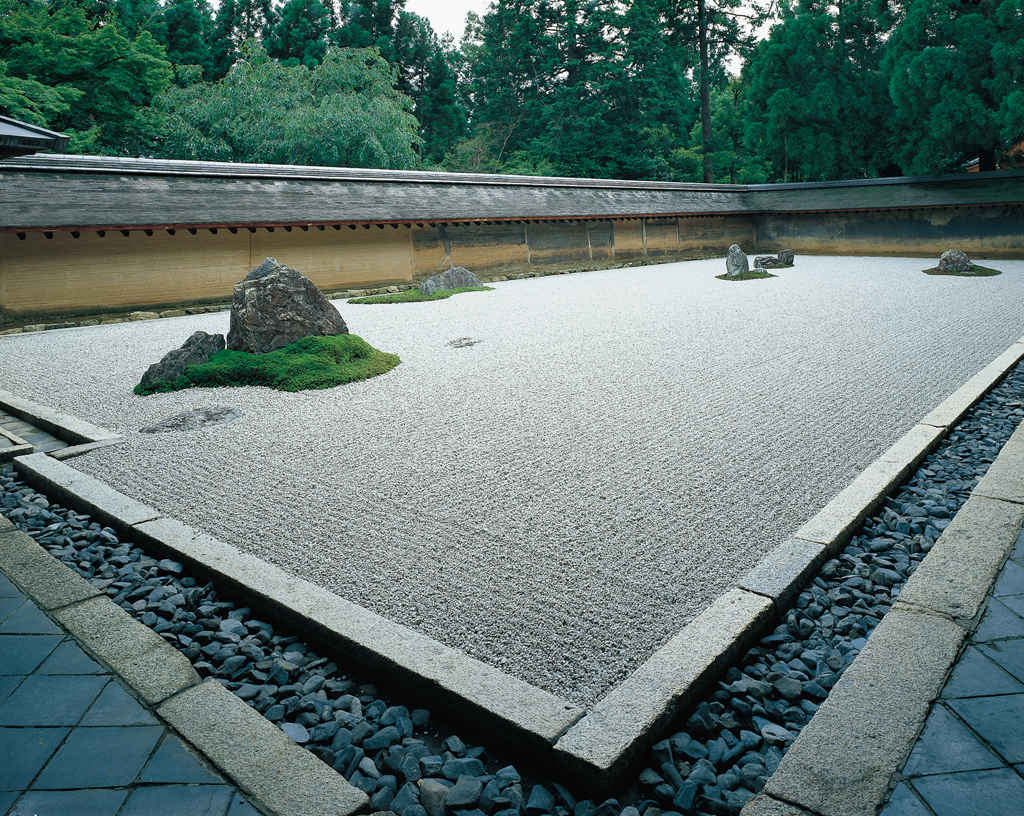
The image of the temple richly adorned in gold leaf reflects beautifully in the water of Kyokochi, the mirror pond.
It is perhaps the most widely-recognized image of Kyoto. Seen reflected in the adjoining “mirror pond” with its small islands of rock and pine, Kinkaku-ji Temple, “The Golden Pavilion,” is a breathtaking must-see.
The building’s first purpose was to serve the retiring Shogun Ashikaga Yoshimitsu (1358-1409) as a residence. The gold-leaf-adorned building was converted into a Zen temple shortly after his death. In an event that was later fictionalized by the renowned author Yukio Mishima, a 21-year-old monk burned Kinkaku-ji Temple down in 1950. The temple was rebuilt in 1955 and continues to function as a storehouse of sacred relics.
The temple’s garden is also a scenic delight and contains in its grounds a charming teahouse.
Basic Information
- Address : 1 Kinkakuji-cho Kita-ku, Kyoto City
- Website : Click here
- Access : Comfortable access to Kinkaku-ji Temple / Kinugasa








